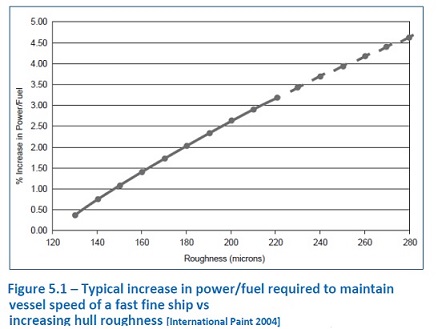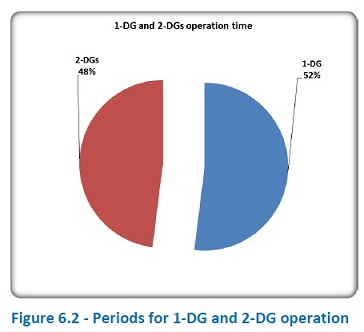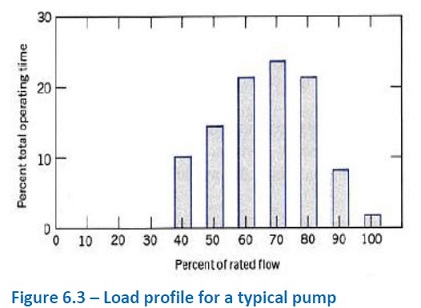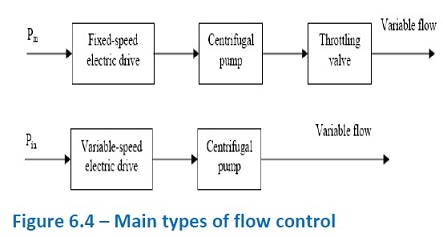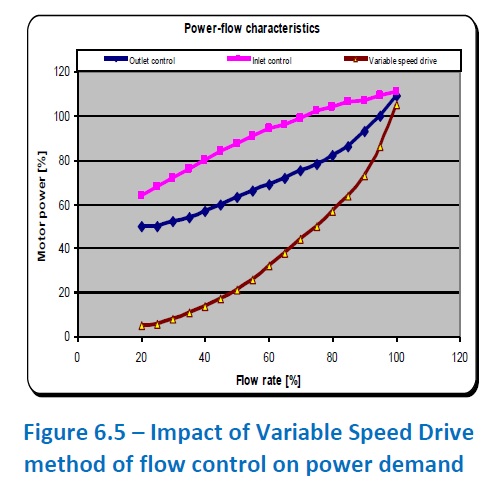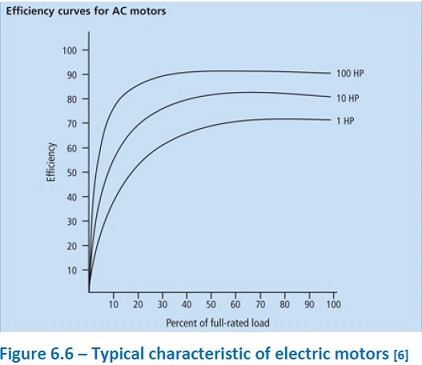
Load management for main engine, auxiliary engine & electrical loads - shipboard energy efficiency measures
The nature of various shipboard activities will vary from one ship type to the other. Also, they may vary with the area of operations and ports of calls. The requirements of various operations must be carefully examined, and ship machinery/resources are used accordingly. Planning of the above require good coordination between deck and engine departments.
In this webpage, examples of shipboard planning activities are explained with the essential reference to engine load management, electrical load reduction, and minimization of auxiliary boilers' use. These activities are advocated under "system planning" as improvements require a significant level of shipboard systems-use planning, excellent communication between staff, and in particular between deck and engine departments, as stated above.
In this webpage, examples of shipboard planning activities are explained with the essential reference to engine load management, electrical load reduction, and minimization of auxiliary boilers' use. These activities are advocated under "system planning" as improvements require a significant level of shipboard systems-use planning, excellent communication between staff, and in particular between deck and engine departments, as stated above.



